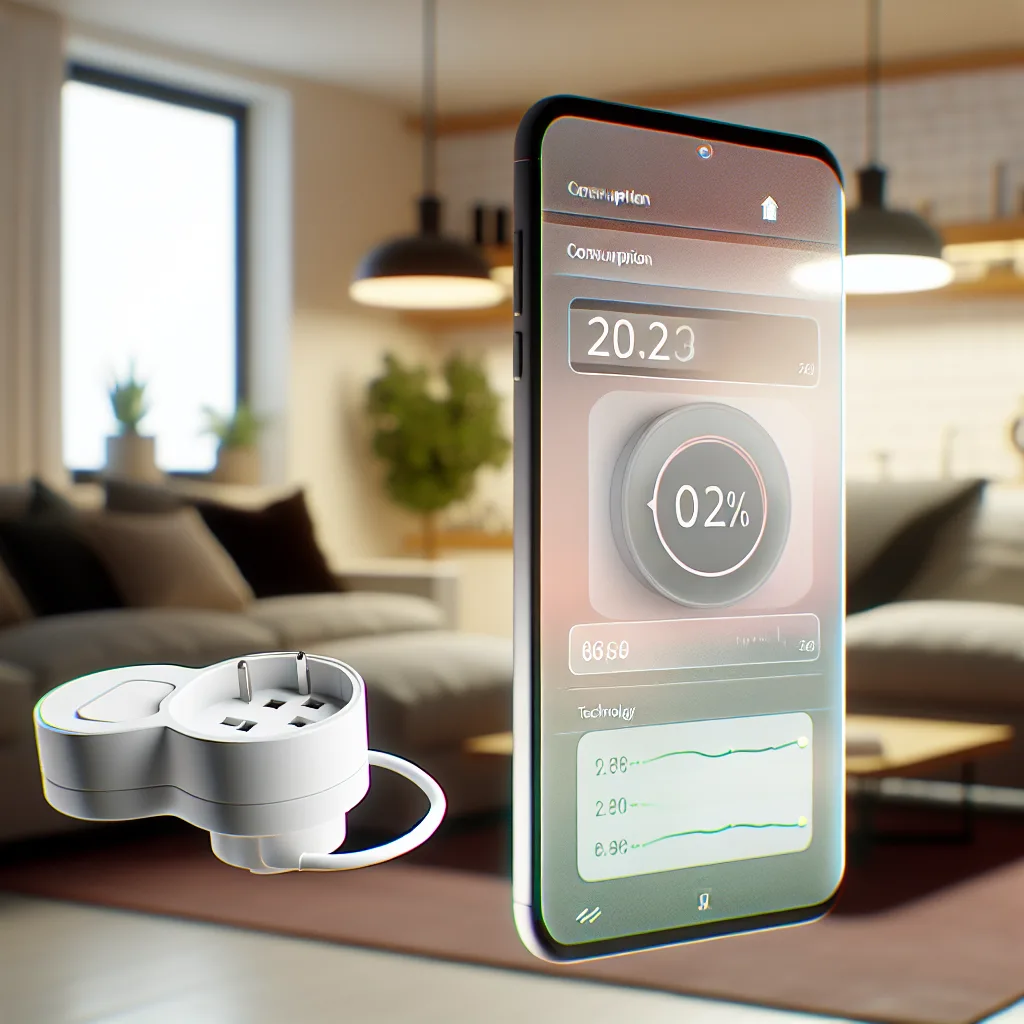When buying smart plugs with power monitoring, the Meross Smart Plug Mini might not be all it seems—let’s dive into the truth behind its features.
If you’re like me, keeping tabs on how much energy your devices use is one of the big reasons you might look at smart plugs. The idea of being able to track power usage from your phone sounds pretty handy, right? That’s exactly why the feature of smart plug power monitoring usually catches my eye. Recently, I had my hopes set on the Meross Smart Plug Mini because the product description promised it could measure power consumption.
But here’s the thing: once I got it and hooked it up to my home automation system with Matter support inside Home Assistant (HA), I noticed something was missing. There was no “power” entity or any way to view the real-time energy use through the system itself. That felt like a letdown.
Upon a closer look back at the product page on Amazon, I found a crucial detail buried in the fine print—this power monitoring only works if you use the Meross app directly, which means signing up for a Meross account is a must. So, if you want a straightforward plug-and-play experience with your own smart home setup, you might hit a wall here.
What Does This Mean for Smart Plug Power Monitoring?
When you’re shopping for a device to monitor electricity use, it’s tempting to trust the main features listed upfront. But manufacturers sometimes limit functionality to their own apps to keep users tied into their ecosystem. It can be frustrating because the plug’s hardware can do power monitoring, but if the data stays locked in the Meross app, it defeats the purpose for those wanting an integrated experience.
Returning or Sticking With It?
If you want to avoid creating yet another account just to use one feature, returning the plug might be sensible. Alternatively, if you don’t mind juggling another app, the Meross app does provide the data you need. Just remember that the info won’t flow naturally into other smart home platforms without extra steps.
Alternatives Offering Better Integration
If integrated power monitoring is key for you, some smart plugs come better equipped for this:
– TP-Link Kasa Smart Wi-Fi Plug: Supports energy monitoring and works well with third-party smart home hubs and apps.[1]
– Aeotec Smart Switch 7: Compatible with Z-Wave systems and offers detailed power consumption reporting.[2]
– Shelly Plug S: Known for local control options and open API for direct integration.[3]
A Quick Buyer’s Tip
Before you make your purchase, double-check if the power monitoring feature works natively with your existing smart home system or if it locks you into using a specific app and account. This tiny step could save you from surprises later.
Wrapping Up
The Meross Smart Plug Mini isn’t a bad device by any means. It just might not be the best choice if your priority is seamless smart plug power monitoring that integrates directly with your home automation platform. Know what you’re getting—and what you’re not—before you buy. That way, you’ll get the smart plug that truly fits your needs.
References:
[1] TP-Link Kasa Smart plugs official site: https://www.tp-link.com/us/kasa-smart/
[2] Aeotec Smart Switch 7 product details: https://aeotec.com/z-wave-plug-in-switch/
[3] Shelly Plug S information page: https://shelly.cloud/products/shelly-plug-s-smart-home-automation/
Feel free to share your own experiences or tips on smart plugs and power monitoring in the comments below!
